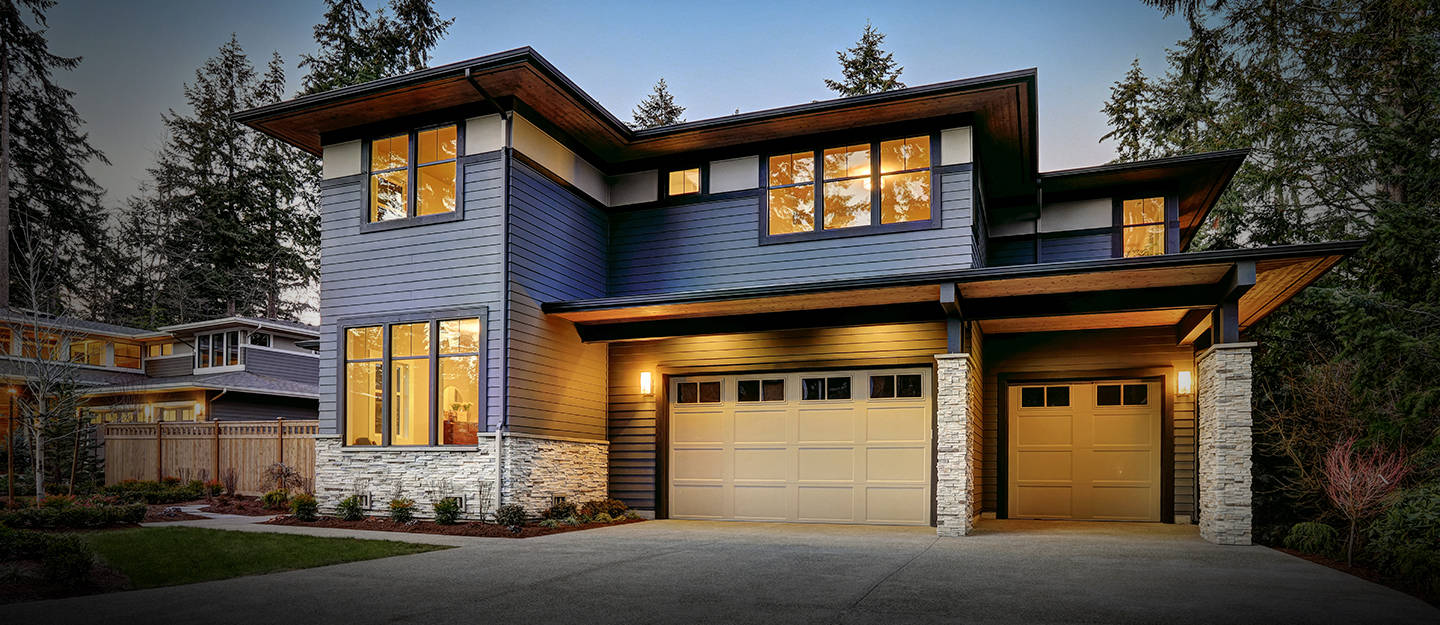Drywall, also known as gypsum board or plasterboard, is a widely used building material in the construction industry. It provides a smooth and durable surface for interior walls and ceilings. However, despite its resilience, drywall is susceptible to various types of damage. In this comprehensive blog post, we will delve into the world of drywall damage, exploring its causes, effects, and effective remedies. Whether you are a homeowner, contractor, or DIY enthusiast, this article will equip you with the knowledge to identify and address drywall damage effectively.
- Common Causes of Drywall Damage:
1.1 Moisture and Water Intrusion:
Excessive moisture is one of the primary culprits behind drywall damage. Leaking pipes, roof leaks, high humidity levels, or even flooding can lead to water intrusion, causing the drywall to swell, warp, or develop mold and mildew.
1.2 Settling and Structural Issues:
Structural movements, such as settling of the foundation or shifting of the building, can exert stress on the drywall, resulting in cracks, nail pops, or even complete detachment from the studs.
1.3 Impact and Physical Damage:
Accidental impacts, furniture collisions, or heavy objects hitting the walls can cause dents, holes, or punctures in the drywall, compromising its integrity and aesthetics.
1.4 Temperature Fluctuations:
Extreme temperature variations, especially in regions with harsh climates, can cause the drywall to expand and contract, leading to cracks and joint separation.
- Effects of Drywall Damage:
2.1 Aesthetics and Visual Appeal:
Damaged drywall can significantly impact the overall appearance of a room, diminishing its visual appeal and reducing property value.
2.2 Structural Integrity:
Severe drywall damage can compromise the structural integrity of a building, potentially leading to safety hazards and costly repairs if left unaddressed.
2.3 Indoor Air Quality:
Moisture-related damage, such as mold and mildew growth, can negatively affect indoor air quality, leading to respiratory issues and allergies.
- Effective Remedies for Drywall Damage:
3.1 Moisture and Water Intrusion:
Identify and fix the source of moisture, repair leaks promptly, and ensure proper ventilation to prevent further damage. Replace damaged drywall and treat affected areas with mold-resistant compounds.
3.2 Settling and Structural Issues:
Consult a professional to assess and address any underlying structural problems. Reinforce the affected areas with additional framing or install flexible corner beads to minimize future cracking.
3.3 Impact and Physical Damage:
Repair minor holes and dents using spackling compound or joint compound, followed by sanding and repainting. For larger holes, consider using drywall patches or hiring a professional for seamless repairs.
3.4 Temperature Fluctuations:
Maintain a stable indoor temperature and humidity level through proper insulation and ventilation. Apply flexible caulk or sealant to control joint movement and minimize cracks.
Conclusion:
Drywall damage can arise from various factors, including moisture intrusion, settling, impacts, and temperature fluctuations. Understanding the causes and effects of drywall damage is crucial for effective prevention and remediation. By promptly addressing drywall damage and implementing appropriate remedies, you can maintain the structural integrity, aesthetics, and indoor air quality of your living or working space. Stay vigilant, take proactive measures, and consult professionals when necessary to ensure the longevity and beauty of your drywall surfaces.


